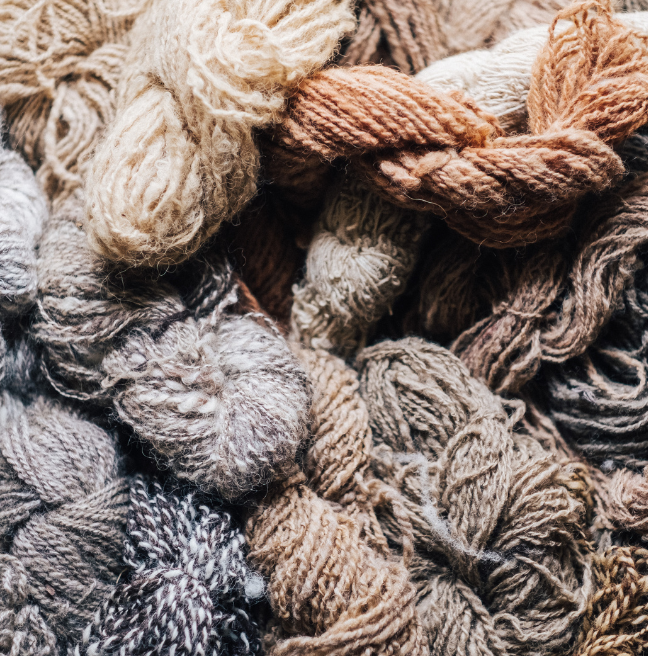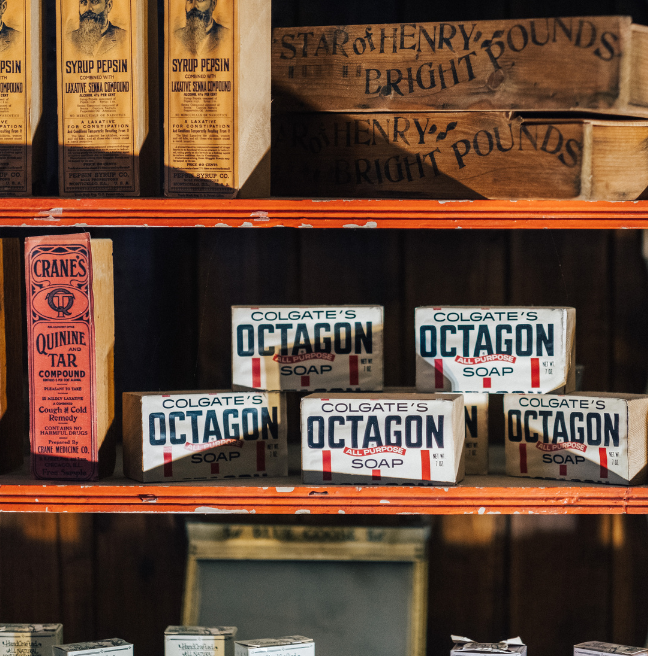
The Cigar Store ‘Indian’
What is the Cigar Store 'Indian', and why has it been removed from display?
Historically, it would have been a common sight in such establishments from the 1800s. From that point of view it was authentic to have him in the store.
However, through our ‘Broadening Perspectives’ approach to decolonising the stories we tell at the Ulster American Folk Park we recognise how such figures are now seen as pejorative.
What is a Cigar Store 'Indian'?
Cigar Store ‘Indians’ are something of an American icon from the past. They made up a whole episode of Seinfeld and one was a constant presence in the background of Sam’s bar in Cheers. However, their history actually begins in England in the early 1600s, when tobacco was starting to be imported from the Americas.
Statues were used to advertise leaf tobacco, and were known as ‘Virgine Men’ as most tobacco was imported to England from the colony of Virginia. Tobacco was said to have calming and medicinal properties, but it was expensive in the early days and could only be afforded by the wealthy.
Over time, increased tobacco imports saw prices coming down and shops competed to sell it. This was when ‘Virgine Men’ statues started to appear on English streets. The statue carvers, many of whom also made figureheads for ships, had never seen Indigenous Peoples from North America, so they based the statues on ideas they had and descriptions they heard. Often the wooden statues were more like Indigenous Africans with feather headdresses.
The idea of using statues to advertise tobacco travelled back to America from at least the early 1800s, and the statues took on a more standard form of ‘typical Indian’. There were many different styles. Even when the age of carving ships’ figureheads came to an end in the 1860s, there were many artists who took up the trade of carving cigar store ‘Indians’. The numbers of such figures on sidewalks only started to decline in the 1900s as bye-laws stopped the creation of obstructions on streets.

Why is the Cigar Store 'Indian' being taken off display?
Our Cigar Store ‘Indian’ does not represent any Indigenous person - no single figure could as there are over 600 tribes or bands in North America.
His headdress is a ceremonial type associated with high status Plains People. He has perhaps a beaver pellet draped around his shoulder reflecting the fur trade practiced by a number of different tribes in different places. He wears leggings like Woodlands People, his feet do not have moccasins but something like an industrial leather boot.
His loin cloth depicting the stars and stripes is an example of the cultural appropriation of ‘American Indians’ as American icons. It implies he has assimilated or, worse yet, that American values or identity superseded his own. He is there to advertise cigars as a commercial product, but tobacco had been, and still is, sacred to many Indigenous tribes.
We hope this background helps to explain why we decided to take the Cigar Store ‘Indian’ off public display.
Explore More
Developing the narrative
The Ulster American Folk Park strives to give a diverse range of perspectives on the story of migration from Ulster to North America, from the 18th century to the early 20th century.
American General Store
The General Store was an essential part of American life as settlers built communities and livelihoods in their new country.

